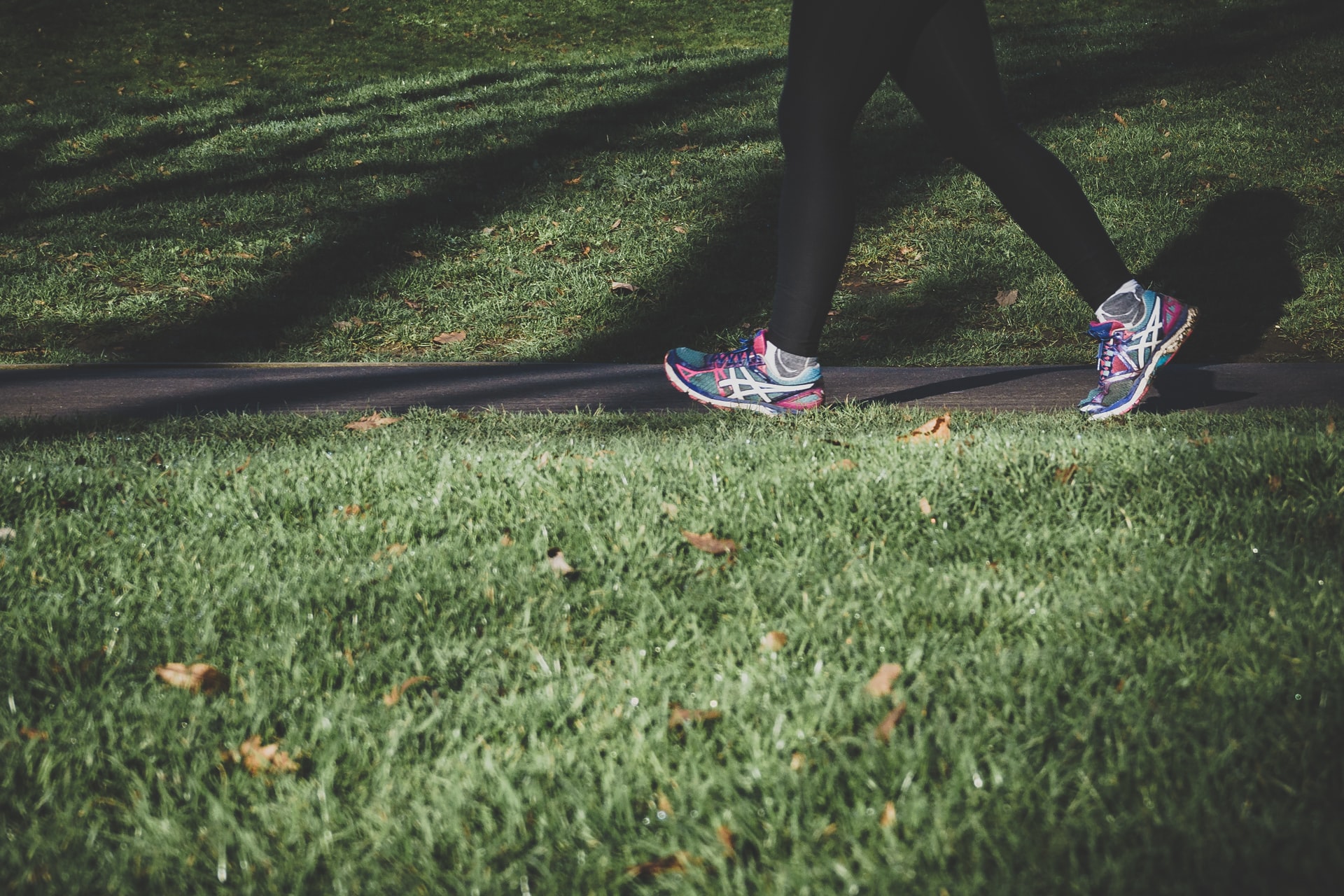On Saturday (7 November), the government announced that the conditional movement control order (CMCO) will be imposed on all states in Peninsular Malaysia beginning 9 November to 6 December.
While some would rejoice at the idea of spending more time at home, there are those who are getting sick and tired of working from home.
Cabin fever had most probably set in for some of you out there, and being cooped up at home for such a long period of time may not be good for your mental and physical wellbeing.
Thanks to our friends at Fitbit, here are six tips to help you cope with yet another lengthy work from home period:
Proactive coping means making an effort to try and reduce possible stressors. What that looks like is making to-do lists to try and manage your workflow during the day. Don’t forget to schedule in things like a quick break or tea time in order to ensure that you stay productive while getting things done!
Combining the security of having a plan and being mindful usually results in lesser stress and anxiety.
Losing sleep can cause stress, which can, in turn, lead to insomnia, creating a vicious cycle that repeats itself. Just one night of sleep deprivation can increase anxiety by 30 up to per cent, which is why getting enough rest (particularly a sufficient amount of deep sleep) is so important.
Deep sleep is a non-REM sleep stage when your brain activity slows down may actually help reduce anxiety by restoring activity in the brain regions that keep us calm. In order to make sure you get enough deep sleep each night, try putting away your Netflix right before bed and working to find a sleep schedule that works for you and sticking to it. This way your body gets used to going to the routine and you’ll be a lot more rested and less anxious throughout the day.

Everything about that sentence is weird, we know, but hear us out - when you turn your internal monologue to that of the third person, you’ll find that it has a calming effect that will help you control your emotions and reduce your stress levels.
If you’re finding it hard to visualise, think of it like talking to a friend with a problem. It’s easier to be objective and coach them because we have distance from the problem, and that distance can promote rational thinking which is why this method works brilliantly!
In a study published last July, researchers followed 20 adults for five days. Once they arrived home from work, the participants either played a jigsaw-like game called Block! Hexa Puzzle or used a mindfulness app for 10 minutes. After the experiment, those playing the game reported feeling more relaxed, while those using the mindfulness app reported feeling less relaxed.
Games have four aspects that help us recover from work, they help us put work aside and not think about it; they help us relax; they allow us to experience mastery over challenges; they allow us to feel in control over the environment.” The benefits of gaming all adds up to less tension and anxiety. So

Have you ever been so stressed at work that you get up from your desk and go take a walk? Have you noticed that it helped calm you down? There’s a good reason why. A Cornell University review published in February states that just taking a quick walk of approximately 10 minutes in nature can help improve one’s mental wellbeing.
To maximise the benefits, it may help to make your movement mindful which means shutting off all other thoughts and being in the moment while focusing on your breathing and surroundings as you make your rounds.

This method is a kind of a “fake it til you make it” technique. When you put your body in a physical position associated with feelings of calmness, your brain is tricked into relaxing and reduces anxiety. To half-smile, start by relaxing all the muscles in your face—your forehead, eyes, ears, tongue, jaw, everything. Then simply begin to form the first hints of a smile with your lips.
For willing hands, fully relax your shoulders, arms, and hands. You can even shake them around to relieve any tension. Then, whether you are seated, standing, or lying down, turn your palms up (or whatever direction feels natural if you are standing) and let your fingers fall open. You can turn this into a daily meditation routine or just stay in-the-moment and repeat until you feel better.
While some would rejoice at the idea of spending more time at home, there are those who are getting sick and tired of working from home.
Cabin fever had most probably set in for some of you out there, and being cooped up at home for such a long period of time may not be good for your mental and physical wellbeing.
Thanks to our friends at Fitbit, here are six tips to help you cope with yet another lengthy work from home period:
#1 Be proactive and mindful

Proactive coping means making an effort to try and reduce possible stressors. What that looks like is making to-do lists to try and manage your workflow during the day. Don’t forget to schedule in things like a quick break or tea time in order to ensure that you stay productive while getting things done!
Combining the security of having a plan and being mindful usually results in lesser stress and anxiety.
#2 Get enough deep sleep

Losing sleep can cause stress, which can, in turn, lead to insomnia, creating a vicious cycle that repeats itself. Just one night of sleep deprivation can increase anxiety by 30 up to per cent, which is why getting enough rest (particularly a sufficient amount of deep sleep) is so important.
Deep sleep is a non-REM sleep stage when your brain activity slows down may actually help reduce anxiety by restoring activity in the brain regions that keep us calm. In order to make sure you get enough deep sleep each night, try putting away your Netflix right before bed and working to find a sleep schedule that works for you and sticking to it. This way your body gets used to going to the routine and you’ll be a lot more rested and less anxious throughout the day.
#3 Talk to yourself in the third person

Everything about that sentence is weird, we know, but hear us out - when you turn your internal monologue to that of the third person, you’ll find that it has a calming effect that will help you control your emotions and reduce your stress levels.
If you’re finding it hard to visualise, think of it like talking to a friend with a problem. It’s easier to be objective and coach them because we have distance from the problem, and that distance can promote rational thinking which is why this method works brilliantly!
#4 Play a game

In a study published last July, researchers followed 20 adults for five days. Once they arrived home from work, the participants either played a jigsaw-like game called Block! Hexa Puzzle or used a mindfulness app for 10 minutes. After the experiment, those playing the game reported feeling more relaxed, while those using the mindfulness app reported feeling less relaxed.
Games have four aspects that help us recover from work, they help us put work aside and not think about it; they help us relax; they allow us to experience mastery over challenges; they allow us to feel in control over the environment.” The benefits of gaming all adds up to less tension and anxiety. So
#5 Take a walk

Have you ever been so stressed at work that you get up from your desk and go take a walk? Have you noticed that it helped calm you down? There’s a good reason why. A Cornell University review published in February states that just taking a quick walk of approximately 10 minutes in nature can help improve one’s mental wellbeing.
To maximise the benefits, it may help to make your movement mindful which means shutting off all other thoughts and being in the moment while focusing on your breathing and surroundings as you make your rounds.
#6 Try half-smiling and willing hands

This method is a kind of a “fake it til you make it” technique. When you put your body in a physical position associated with feelings of calmness, your brain is tricked into relaxing and reduces anxiety. To half-smile, start by relaxing all the muscles in your face—your forehead, eyes, ears, tongue, jaw, everything. Then simply begin to form the first hints of a smile with your lips.
For willing hands, fully relax your shoulders, arms, and hands. You can even shake them around to relieve any tension. Then, whether you are seated, standing, or lying down, turn your palms up (or whatever direction feels natural if you are standing) and let your fingers fall open. You can turn this into a daily meditation routine or just stay in-the-moment and repeat until you feel better.







